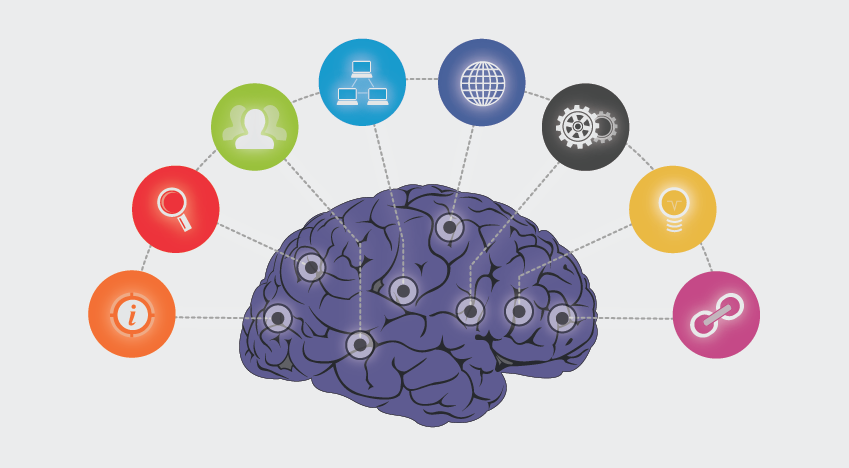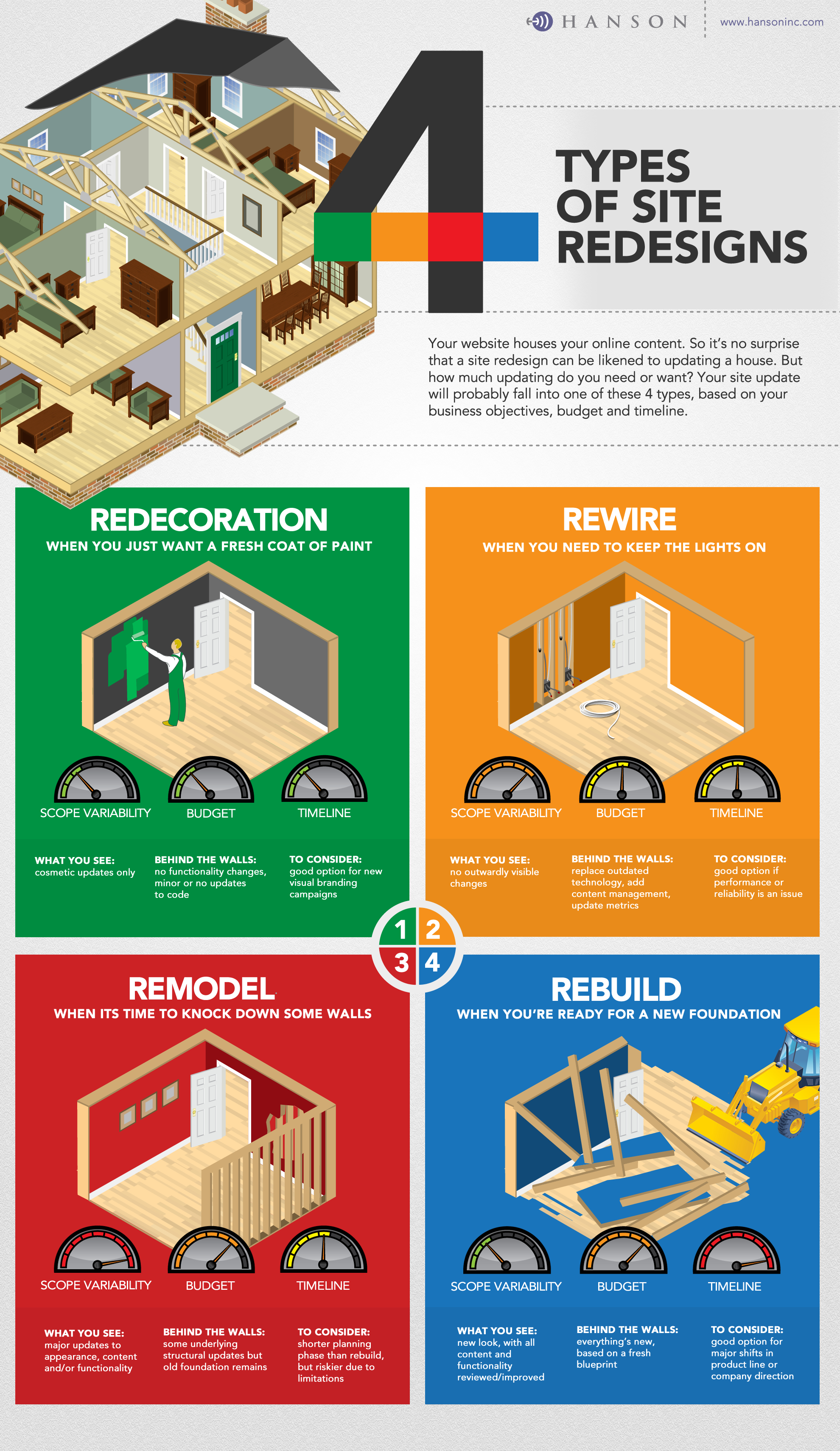Intranet Governance: Intranet Best Practices, Part 4
Thanks to all of you who have been following along this four part series on best practices in intranets. In part one, I argued that all the content and features of your intranet must deliver business and strategic value. In part two, I looked at some of the features of the best intranets, and in part three, I talked about how intranets provide key opportunities for social collaboration and recognition. Now in this final installment, it’s time to talk about how to manage it all: intranet governance.
Personal Conduct and Communication Policies
In most organizations, informal connections and community support activities are already taking place outside of the intranet. But allowing peer-to-peer and open communication via an intranet requires new communication policies and monitoring to be in place. Employees need to clearly understand what is and is not acceptable behavior on their intranets.
At the same time, these guidelines must not be so restrictive that it deters use altogether. Employee access to external websites and permission to engage in external and internal social activities should be controlled with policy and education, rarely technology. Ultimately, it comes down to an enforced policy, education and how you choose to empower (or not) a trusted, adult workforce.
Most companies with a successful open policy have obtained it via a timeline of objectives similar to the following:
- Prepare social guidelines, intermingled with existing personal conduct and communication policies (if I had to guess, I’d assume most businesses are somewhere with this)
- Review with senior management to understand their concerns about access and openness (and how the company culture squares with this)
- Run social-communication-focused sessions across the organization, get attendees to ‘workshop’ social guidelines and understand what might not work as expected or needs refinement (our approach to most projects involves some form of talking to the real people who will be affected, before finalizing a solution)
- Go back to senior management decision makers, review updated guidelines with them, develop training materials to appropriately disseminate information about the new changes and gain final approval to distribute
- Implement and communicate the policy company-wide and if necessary, disable firewall blocks on external sites
- Monitor for improper activity, allowing the community to monitor and flag inappropriate content
- Over time, keep management abreast of issues, actions and resolutions as well as success stories
If you don’t have a policy, or are looking to see what is out there, the Social Media Governance site maintained by Chris Boudreaux has a list of over 200 social policies.
Change Management
Intranet launches require a large level of ongoing support and maintenance in the way of monitoring and responding to employee feedback in order to be deemed a success. While systems are designed to distribute content ownership and upkeep to many teams, there needs to be a plan in place to ensure success, and this starts from the very inception.
Consider the following points of view on the overall project:
- We recommend communicating the high-level project timeline and significant milestones to everyone in the company. Like any project, there is always the risk of significant delay, and things may not come to fruition as you planned at the outset, but this should not deter you from letting everyone know the course the company is taking. Even if everyone in your company knows your existing intranet is well overdue for an overhaul and your timeline is long, it doesn’t follow to only reveal the new site when you think it’s nearing launch.
- Specifically, a successful employee-centered, bottom-up intranet means that everyone in your company has their voice heard, either through a far-reaching simple survey, or through design review sessions and usability testing. Invite key members of departments and teams to see new areas and allow them to participate in design reviews to keep excitement and momentum going.
- Areas like team work spaces should be rolled out in small groups (departments that will be beta testers), after the new owners have received training. Choose at least one simple and complex department, to understand the extremes of use and functionality. Successes and failures from these teams inform ongoing enhancements.
- Demonstrate the commitment from the top. Senior leaders should participate. Employees at all levels need to see that they have a voice and can share and participate.
- While social community areas are conceptually “user-generated content,” they don’t just work on their own. You’ll need to designate community managers to help seed content, clean up structure and design and teach major contributors best practices that they can then share with others. People will gravitate to areas that have a lot of activity, so create a small team of dedicated community volunteers, rewarded through prominent social recognition, and have them participate in a best practices area.
- Expect that some people will have problems with their social behavior in the business context, so work to correct bad behavior quickly and visibly show others how they can avoid doing the wrong thing.
- Find examples of great outcomes across many areas and share them as news and evidence that the site is changing the way people work. Profiling people and departments who have become more productive and effective though the systems will drive more use and growth than mandating use.
Supporting people who have begun to use the new tools may take extra effort and change over time; it may also require a blending of reinforcing rewards and motivators to continue use. Even if other processes exist for getting work done that are less efficient, there is truth to the idea of “the devil you know” as people are constantly weighing the pros and cons of change. Work must be undertaken to teach people new ways and then eliminate the older, redundant processes and tools.
We love talking about intranets! Whether you need help building internal support for a new intranet or you’re ready to start your intranet redesign, we’d be glad to assist. We can set up a web conference to review your project, or answer specific questions on how you can make your company’s most important asset the best it can be.
Contact us!
Content Management and Maintenance
Many case studies exist of companies that have failed at their intranets. What is often cited is a glut of information that becomes ineffective over time. Understanding what is important to share in the first place is the key to success, as well as having mechanisms in place for feedback and continuous improvement.
Here’s an example of an effective design. AMP Limited (a financial services firm based in Austrailia) has one of the best intranets, as chosen by the Nielson Norman Group. AMP has approximately 20 trained content contributors who manage team-specific content and news and are supported by a small intranet team when necessary. They receive feedback from comments and ratings from employee users. New owners receive a “Roles and Responsibilities” document to assist with content governance, but also receive a quick reference guide, access to training videos and an intranet wiki along with one-on-one training. The public affairs and intranet teams informally monitor content for consistency and contact the authors when necessary. Other content management policies and guidelines include:
- An intranet style guide, which includes guidelines for writing style, formatting, fonts, tables, brand guidelines and so on
- Landing page style guidelines for team sites
- Four content type templates developed for content publishers
Staffing for Content and Community Management
Your staffing needs are of course specific to the size of your company and complexity of content and functionality. But consider that there are many hats to wear, and each role really needs to be represented.
The top 10 intranets chosen by the Nielson Norman Group have an average staff size of 14, which includes those working full- and part-time on the site, as well as those working on the intranet from outside the organization. It does not include the distributed content area managers, which varies widely.
Teams are often much larger during the build phases and include many more outside resources. Teams typically employ outside resources to consult on design and information architecture, user experience and technical build. They utilized experts in strategy, business analysis and change management.
But companies planning for continuous improvement and a long-term focus should be staffing a strong internal team to make this a reality. Internal roles include members from many areas of the enterprise, including:
- Governance stakeholders: high-level, long-range focus including HR, legal and representatives of major site areas, regulate technology standards, help prioritize key projects, business cases, investment budgets
- IT team members: technical and project support, engineering, programming, system connections, support infrastructure and hosting
- Project managers: coordinate activities across the team for the duration of large builds and may coordinate smaller maintenance and upgrades
- Intranet team members: maintain long-term vision for success and strategic roadmaps, manage content and best practices, implement upgrades, monitor systems, train site managers and content owners, and support social community managers
- Social community managers: understand social communication strategy, curate and promote great content and conversations, support community group moderators, advocate for social activities, and report issues with employee misconduct (The Community Roundtable lists these and other important activities of social community managers)
- Site/collaborative area managers: manage department or team spaces, support content owners, report successes and ideas
- Content/communications owners: create, update, delete their own content (including news), report successes and ideas
- Community group moderators: abide by the responsibilities and guidelines for managing their community
The implementation of a successful intranet takes a considerable commitment to long-term change management, content development and community management.
And that brings this four-part discussion on intranet best practices to a close. We’d love to hear about your experiences with intranets, or help you develop a next-generation workplace platform. Contact us! Thanks for reading!





